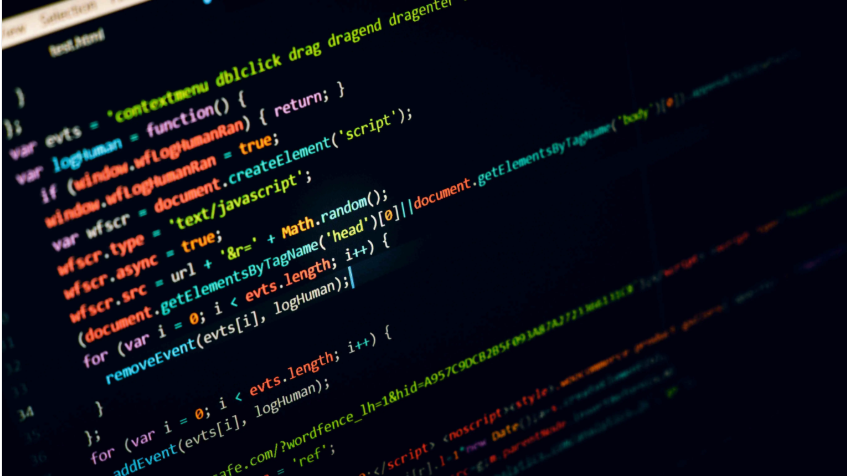
The development of public chains faces severe challenges: how to strike a balance between decentralization, security, and scalability? Although public chains embody the ideals of decentralization and open transparency, they often encounter core issues in practical applications such as network congestion, high transaction costs, and insufficient privacy protection. With the continuous evolution of blockchain technology, breaking through these bottlenecks has become a focal point for both the industry and users. Zero-Knowledge (ZK) proof technology has emerged as a fundamental cryptographic innovation, offering solutions not only for enhancing public chain performance but also opening new prospects for a trustworthy digital economy architecture.
The dilemma of public chains can be attributed to the "scalability trilemma," meaning it's difficult to simultaneously achieve decentralization, security, and scalability. Taking Ethereum as an example, although its consensus mechanism ensures decentralization and security, its transactions per second (TPS) are limited, maxing out at only 15-45, which is far from meeting market demands. During peak periods, network congestion and soaring transaction fees severely degrade user experience, particularly in scenarios requiring high-frequency interactions like DeFi, gaming, and social applications, where the limitations of public chains become especially prominent.
Furthermore, a significant challenge public chains face is the issue of block time and transaction finality. Although some emerging public chains promise second-level block times, this does not equate to the final confirmation of transactions. For instance, while Layer 2 scaling solutions using Optimistic Rollups speed up off-chain transaction processing, withdrawing assets back to the main chain requires a lengthy 7-day "challenge period," significantly reducing capital liquidity and efficiency, and introducing notable liquidity risks, especially in applications like DeFi.
To address these issues, Layer 2 scaling solutions have become a new direction of exploration. Rollups technology reduces the burden on the main chain by moving computation and storage off-chain, thereby increasing throughput and lowering costs. Currently, Rollups are divided into two main paths: Optimistic Rollups and ZK-Rollups. Optimistic Rollups assume all off-chain transactions are valid and implement a challenge period to ensure security, but this results in long withdrawal waiting times. In contrast, ZK-Rollups use mathematical proofs to ensure transaction validity; once a transaction is submitted to the main chain, its validity is confirmed immediately, solving the capital efficiency issues of Optimistic Rollups.
ZK-Rollups offer several significant advantages over Optimistic Rollups. Firstly, ZK-Rollups can achieve instant transaction finality, greatly shortening the time for user asset withdrawals. Secondly, ZK-Rollups have higher security and data compression efficiency; by verifying lightweight validity proofs, they avoid the game theory of economic incentives and enhance system security. Most importantly, ZK technology inherently possesses privacy-preserving capabilities, allowing it to prove the legality of a transaction without exposing sensitive information. For example, using ZK technology, users can conduct private transactions while protecting sensitive details such as transaction amounts and addresses, significantly improving the privacy and security of applications like decentralized finance (DeFi).
However, the application of ZK technology is not limited to technical breakthroughs; it also sparks new considerations regarding global computing power competition and digital sovereignty. Generating ZK proofs requires immense computational power, which could lead to monopolization by a few entities with capital and technical advantages, threatening the spirit of decentralization. Simultaneously, ZK technology provides new safeguards for digital sovereignty. Users can prove their identity or qualifications without exposing personal information through decentralized identity systems (DID), which will help achieve autonomous data control and privacy protection.
Looking ahead, the application of ZK technology in the global digital economy may become a critical factor in technological competition among nations and regions. With the rise of projects like zkSync and StarkNet, and the commitment of industry giants like Polygon, the race for ZK technology has already begun. It is anticipated that by 2025, with the gradual maturation of technologies like ZK-EVM, ZK technology will become mainstream in public chain architecture, driving blockchain technology toward greater efficiency, security, and privacy protection.
Although ZK technology holds immense potential, it also faces challenges such as technical complexity, long R&D cycles, and computational power concentration. Key issues that need to be addressed for its successful application include reducing proof generation costs, avoiding centralization of computing power, and navigating the differing regulatory policies across countries. Overall, ZK technology marks a shift in blockchain technology from relying on economic game theory to being driven by mathematical verification and cryptographic truth, laying a solid foundation for building a more efficient, secure, and decentralized digital economy.
















